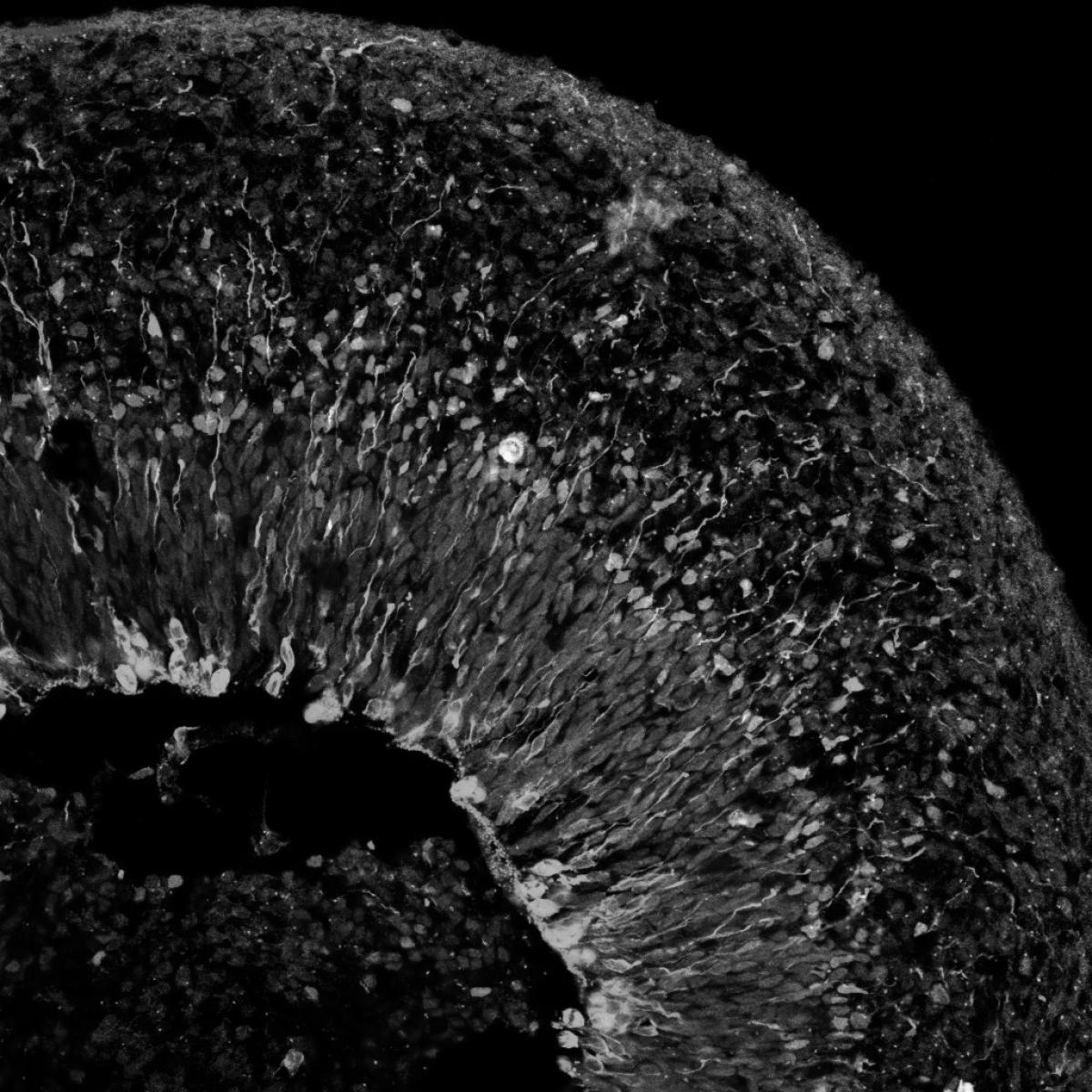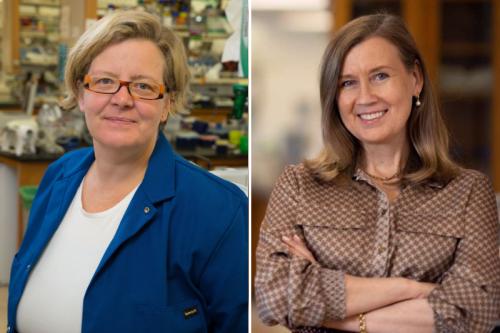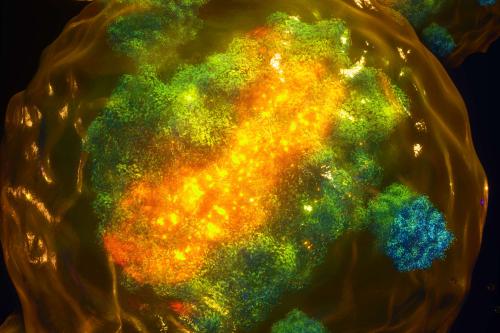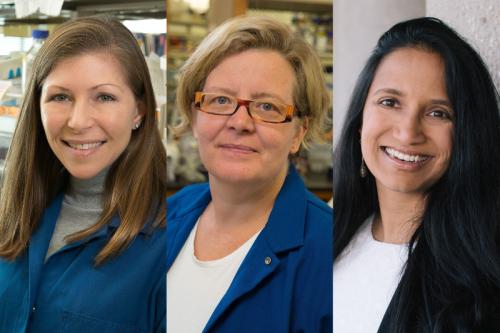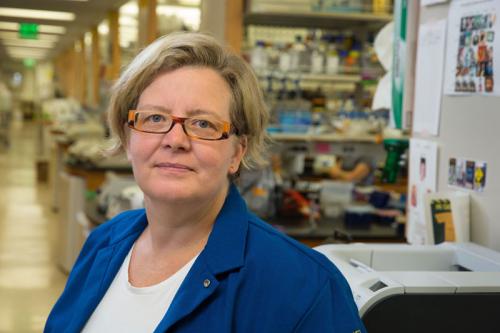
Kathrin Plath, Ph.D.
- Professor, Biological Chemistry
- Vice Chair, Education, Biological Chemistry
- Director, Epigenomics, RNA and Gene Regulation, UCLA Health Jonsson Comprehensive Cancer Center
- Faculty Director, UCLA Stem Cell and Genomic Engineering Center

Kathrin Plath, Ph.D., studies the epigenetic regulation of cell fate transitions including stem cell self-renewal and differentiation as well as cell reprogramming. Her work could improve the efficiency of methods to produce induced pluripotent stem cells, the accuracy of stem cell-based disease models and the efficacy of therapies that aim to use pluripotent stem cells to regenerate or replace damaged or diseased tissue.
Plath’s innate curiosity about fundamental biological processes has led to significant contributions to the fields of stem cell biology, gene regulation, epigenetics and regenerative medicine. Her research combines computational, molecular, imaging, genomics, biochemical and cell biological approaches to understand the gene regulatory mechanisms underlying cellular identity, plasticity and cell fate changes. She is particularly focused on cell transitions to and from the pluripotent state, as well as X chromosome inactivation, a process in which one of the two X chromosomes in female cells is “turned off” to balance gene expression.
Plath and fellow center members Amander T. Clark, Ph.D., William Lowry, Ph.D., and April Pyle, Ph.D., were among the first scientists to use genomic data to pinpoint exactly how four specialized proteins called transcription factors are able to change the identity of skin cells to create induced pluripotent stem cells. Building on this work, she collaborated with Jason Ernst, Ph.D., to identify a fifth transcription factor that accelerated and enhanced tissue-specific cells’ transition to pluripotency — increasing the efficiency of the cell reprogramming process by a hundredfold. These discoveries are critical to researchers’ efforts to effectively model, understand and treat many life-limiting diseases using stem cell-derived tissues or cells.
She further examines the epigenetic changes underlying cell fate changes through the lens of X chromosome inactivation. This process induces silencing and heterochromatin formation on an entire chromosome through the function of the long-noncoding RNA Xist. Her discoveries in this area provide insights into the role of long-noncoding RNAs and how heterochromatin forms during differentiation and is reset during reprogramming.
Plath also found that transcription factors and chromatin regulators are crucial for bringing distant DNA segments together in the genome. She is currently working on models to fully explain this spatial genome organization and its molecular mechanisms, which could uncover how genome spatial organization affects gene expression control and influences cell fate changes, cellular function and diseases.
“Studying the basic biological processes governing the epigenetic regulation of gene expression and cell fate change is quite fundamental in the way that it impacts everyone else’s work. Understanding these processes better will help my fellow scientists use the most pristine human stem cells in their research.”
- Professor, Biological Chemistry
Research Projects
- Identifying molecular mechanisms that control stem cell identity and fate determination
- Determining how long-noncoding RNAs build nuclear compartments and regulate gene expression during differentiation The process by which stem cells transform into specific, specialized cell types with distinct functions and features. differentiation The process by which stem cells transform into specific, specialized cell types with distinct functions and features. and reprogramming In stem cell research, scientists can reprogram cells that have undergone differentiation, such as skin or blood cells, to revert back into an embryonic-like state. The resulting cells are called induced pluripotent stem cells. reprogramming In stem cell research, scientists can reprogram cells that have undergone differentiation, such as skin or blood cells, to revert back into an embryonic-like state. The resulting cells are called induced pluripotent stem cells.
- Identifying the molecular mechanisms underlying X chromosome inactivation and the impact of escape from X-inactivation on health, disease and sexual dimorphism
- Understanding the molecular mechanisms and gene regulatory networks that shape early human development, embryo The early developmental stage of a multicellular organism, typically occurring after fertilization of an egg cell by a sperm cell. embryo The early developmental stage of a multicellular organism, typically occurring after fertilization of an egg cell by a sperm cell. implantation and disease processes
- Developing new single-cell genomics technologies to advance understanding of cell states and cell-cell communication
-
Post-doctoral Fellowships
- Stem Cell Biology, Whitehead Institute, 2006
- Chromatic Biology, UC San Francisco, 2003
- Cell Biology, Harvard Medical School, 2000
Degree
- Ph.D., Biochemistry, Humboldt University, Germany, 1999
-
